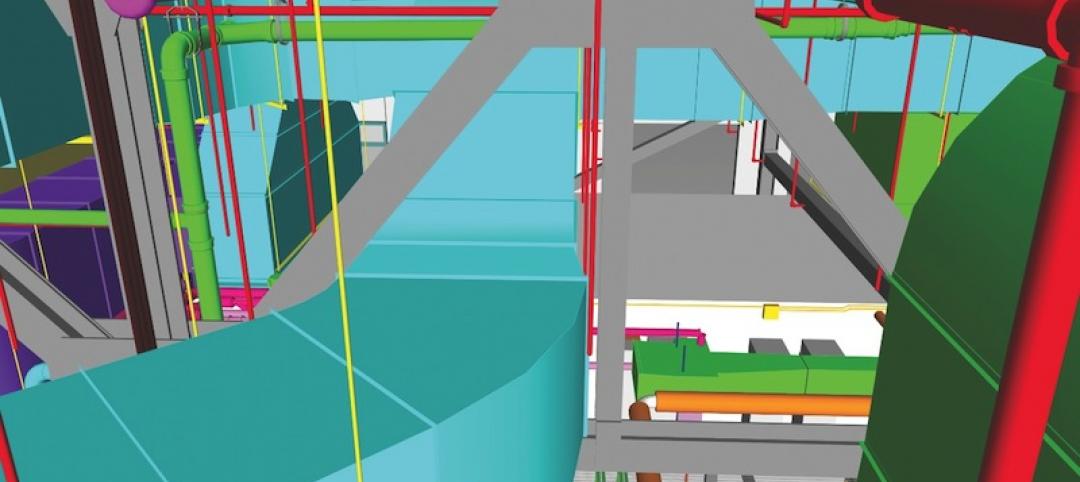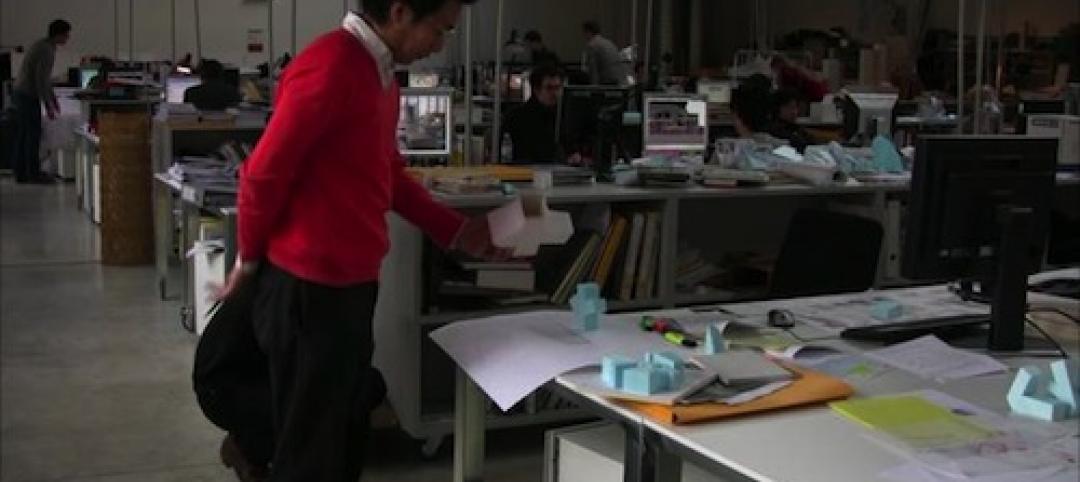A record-high number of candidates—37,178 at the end of 2014—were actively working toward an architect license required by the 54 state and jurisdiction licensing boards across the country.
It is common for candidates to be described, in the press or by many jurisdictions, as “intern-architects” or “architects in training,” or by some other nomenclature that might confer a false level of expertise or legal status.
The National Council of Architectural Regulation Boards (NCARB) wants to change that. Following the recommendations of a Future Title Task Force it formed last year, NCARB is embarking on an initiative that would “sunset” the term “intern” for those who are on a training or testing path to become architects.
NCARB is taking steps to erase “intern” from its internal lexicon, according to CEO Michael Armstrong. It plans to remove the word from its communications and correspondences. As an example, someone registered for the Architect Registration Examination “is an ARE candidate,” he said.
NCARB officials made this announcement during the American Institute of Architects’ (AIA) Convention 2015 Expo in Atlanta last week.
This debate isn’t new. “This issue has been fraught with controversy,” said Dale McKinney, FAIA, NCARB’s President. “We know that in the last several years, concerns have been raised regarding the credibility of the term ‘intern.’”
That’s not surprising, given the sheer number of architect candidates out there. In its “NCARB By The Numbers” report, which it will formally release in July, the Council estimates that nearly 10,000 new candidates had started on the path to licensure in 2014, 4% more than the previous year. The number of candidates who had completed the Architect Registration Exam was up 17% to 3,719.
The Task Force, chaired by McKinney’s immediate predecessor, Blake Dunn, considered several factors, particularly the regulatory impacts of extending the title “architect” beyond the licensed community. The Task Force recommended that:
• The role of regulation should be restricted to the title “architect,” which should be applied only to licensed individuals;
• Any other title held by those pursuing a license does not need to be regulated.
• NCARB should discontinue the use of the work intern, intern-architect, “or any other regulatory ‘title’ described those pursing licensure.”
(In April, NCARB’s board of directors voted unanimously to accept the Task Force report, which also determined that the term “architect emeritus” is acceptable because those people described as such, while they may not be practicing, still have obtained their license.)
NCARB is taking steps to erase “intern” from its internal lexicon, according to CEO Michael Armstrong. It plans to remove the word from its communications and correspondences. As an example, someone registered for the Architect Registration Examination “is an ARE candidate,” he said. “A person recording experience hours is a Record holder.” The Council is renaming its Internship + Education Directorate with the new title Experience + Education Department, or E2. And it is likely that its Intern Development Program—which the Council recently streamlined and overhauled—will be renamed.
Dennis Ward, AIA, who becomes the Council’s president on June 21, pointed out that 30 jurisdictions or licensing boards currently reference one or more titles that include the word intern or “architect in training.”
With its announcements, NCARB, said Armstrong, is asserting “our role as an advisory organization. We’re putting down a leadership marker.” But he and McKinney were quick to note that proposals to change the Council’s Model Law or regulations would need to be presented by delegates of the state licensing boards. The earliest such proposals could be presented for comment would be next Spring, and for a vote of the Membership at the Council’s Annual Business Meeting scheduled for Seattle in June 2016.
During its press conference at the AIA Expo, NCARB stated that U.S. licensing boards reported 107,581 licensed architects at the end of 2014, representing the third consecutive year of increased growth in the profession.
Related Stories
| May 1, 2013
A LEGO lover's dream: Guide to building the world's iconic structures with LEGO
A new book from LEGO master builder Warren Elsmore offers instructions for creating scale models of buildings and landmarks with LEGO.
| May 1, 2013
New AISC competition aims to shape the future of steel
Do you have the next great idea for a groundbreaking technology, model shop or building that could potentially revolutionize the future of the steel design and construction industry? Enter AISC's first-ever Future of Steel competition.
| May 1, 2013
Data center construction remains healthy, but oversupply a concern
Facebook, Amazon, Microsoft, and Google are among the major tech companies investing heavily to build state-of-the-art data centers.
| May 1, 2013
Groups urge Congress: Keep energy conservation requirements for government buildings
More than 350 companies urge rejection of special interest efforts to gut key parts of Energy Independence and Security Act
| May 1, 2013
World’s tallest children’s hospital pushes BIM to the extreme
The Building Team for the 23-story Lurie Children’s Hospital in Chicago implements an integrated BIM/VDC workflow to execute a complex vertical program.
| Apr 30, 2013
Healthcare lighting innovation: Overhead fixture uses UV to kill airborne pathogens
Designed specifically for hospitals, nursing homes, child care centers, and other healthcare facilities where infection control is a concern, the Arcalux Health Risk Management System (HRMS) is an energy-efficient lighting fixture that doubles as a germ-killing machine.
| Apr 30, 2013
First look: North America's tallest wooden building
The Wood Innovation Design Center (WIDC), Prince George, British Columbia, will exhibit wood as a sustainable building material widely availablearound the globe, and aims to improve the local lumber economy while standing as a testament to new construction possibilities.
| Apr 26, 2013
Apple scales back Campus 2 plans to reduce price tag
Apple will delay the construction of a secondary research and development building on its "spaceship" campus in an attempt to drive down the cost of developing its new headquarters.
| Apr 26, 2013
Documentary shows 'starchitects' competing for museum project
"The Competition," a new documentary produced by Angel Borrego Cuberto of Madrid, focuses on the efforts of five 'starchitects' to capture the design contract for the new National Museum of Art of Andorra: a small country in the Pyrenees between Spain and France.
| Apr 26, 2013
Solving the parking dilemma in U.S. cities
ArchDaily's Rory Stott yesterday posted an interesting exploration of progressive parking strategies being employed by cities and designers. The lack of curbside and lot parking exacerbates traffic congestion, discourages visitors, and leads to increased vehicles emissions.
















